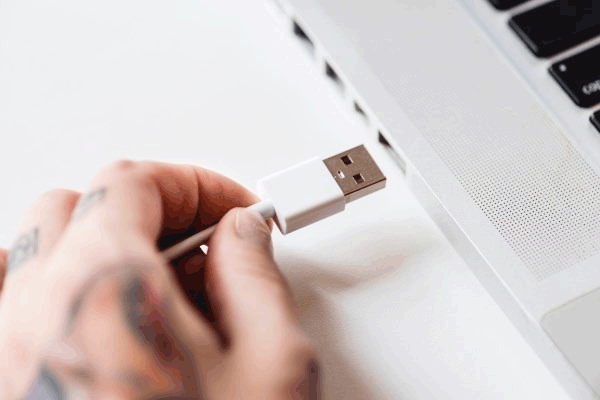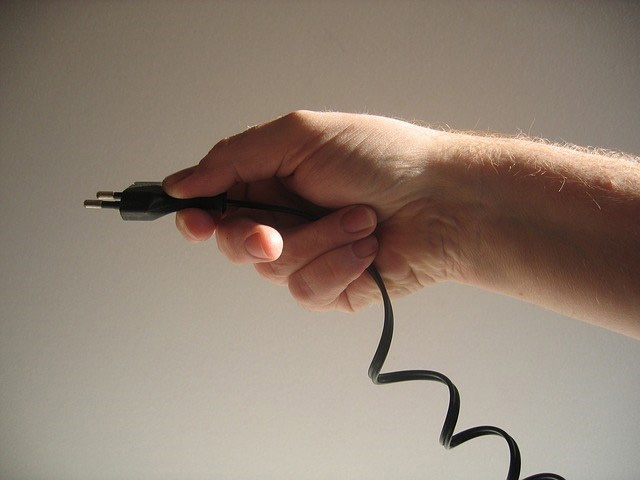Things to keep in mind when choosing to buy a USB hub
A USB hub (USB hub) is a useful way to get an additional USB port. They are mainly used for laptops with limited USB ports. If you intend to buy a USB hub, keep the following in mind.
- What to do when the computer does not recognize USB?
- How to diagnose and fix broken USB ports
- 16 ports commonly found on computers and their functions
1. Number of ports
Suppose, you don't want to use a touchpad and laptop keyboard so naturally you would think that just a splitter has two ports, one for the mouse and one for the keyboard.

But take some time to think before you buy. Do you use USB to transfer data? If yes, which laptop is the other USB port to use for this USB? Therefore consider splitters with more than two ports. If not, you will need to remove the keyboard or mouse to use the memory card.
This way of thinking will prevent future troubles. You should consider USB hubs that have more ports than you need. If the price difference is not high, choose a kit with more USB ports to be able to use more peripherals and avoid trouble in the future.
2. Power input of USB hub
When purchasing a USB hub, you can choose between a hub that operates using the power of the original port or a splitter that uses an external power source. Previous options seem more attractive as they are usually cheaper than power outlets.
- How to check the power of the USB port

However, consider devices that plug into the hub port without using an external socket. Each device consumes a specific amount of power from the USB port. When switching from a port to a hub, the total power limit of the computer port is divided by the ports on the USB hub.
This means that if the overloaded unit has no external power supply, some devices on the divider will not work. You can check the amount of splitter supported in the product description. The number associated with the symbol mA. Self-powered USB hubs are usually around 500mA.
When there is a power limit, calculate the energy consumption for peripheral equipment. Sometimes this is indicated on the sticker on the underside of the peripheral device. For example, in the example above, the mouse is 100mA and the keyboard is 400mA, which is equal to the total operating current of 500mA. Thus a 500mA self-powered USB hub is appropriate but if an additional memory card is used, the whole setup will collapse.
3. Power source of the USB hub

When choosing to buy a USB hub, take some time to think about its purpose. If you want the power adapter or device charger while turning off the computer, you should use an external power adapter.
4. USB version of the USB hub
When choosing to buy, you should also see the version of the hub. Some hubs use USB 2.0 to reduce costs, but this makes data transfer slower than USB 3.0 devices. Of course, if all your devices use USB 2.0, this is fine. However, if you have several 3.0 devices, you should consider buying a compatible hub.
- Differentiate between USB 2.0 and USB 3.0
Hopefully these notes will help you buy the best USB hub for your intended use.
You should read it
- The 5 best HDMI splitters of 2023
- Learn about HDMI and HDMI switch
- Using MP3 Splitter & Joiner to merge audio files
- Cut music with MP3 Splitter & Joiner
- The most professional beat splitter and how to use it
- 10 ways to split files, cut large files into several small files
- What is FFSJ? Instructions on how to use FFSJ file splitter software
- How to Connect Two TVs to an Xbox
- Top 5 best headphone divider 2019
- How to choose a safe, convenient suitcase when traveling far
- 6 questions to ask before buying a new laptop
- This is all worth looking forward to on the Galaxy Note 10






 4 tools to help create an online mind map
4 tools to help create an online mind map 15 important things to keep in mind when you are young
15 important things to keep in mind when you are young Looking For An Online Coach? Here's How To Choose One
Looking For An Online Coach? Here's How To Choose One Mind mapping in PowerPoint
Mind mapping in PowerPoint Instructions on how to create a mind map with Edraw Mind Map
Instructions on how to create a mind map with Edraw Mind Map A few things to keep in mind when choosing to buy a laptop under VND 10 million
A few things to keep in mind when choosing to buy a laptop under VND 10 million